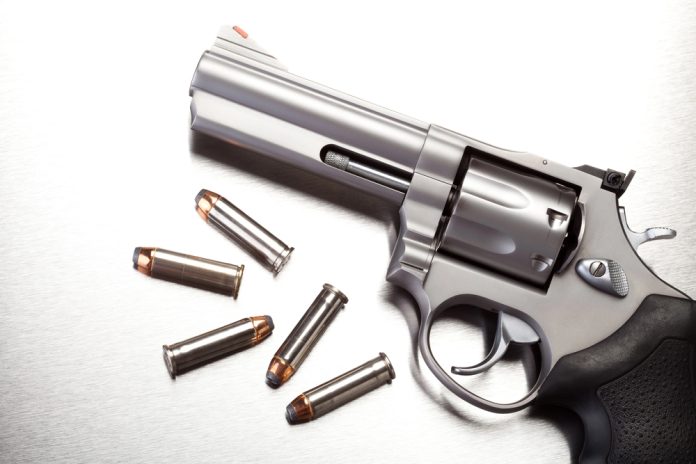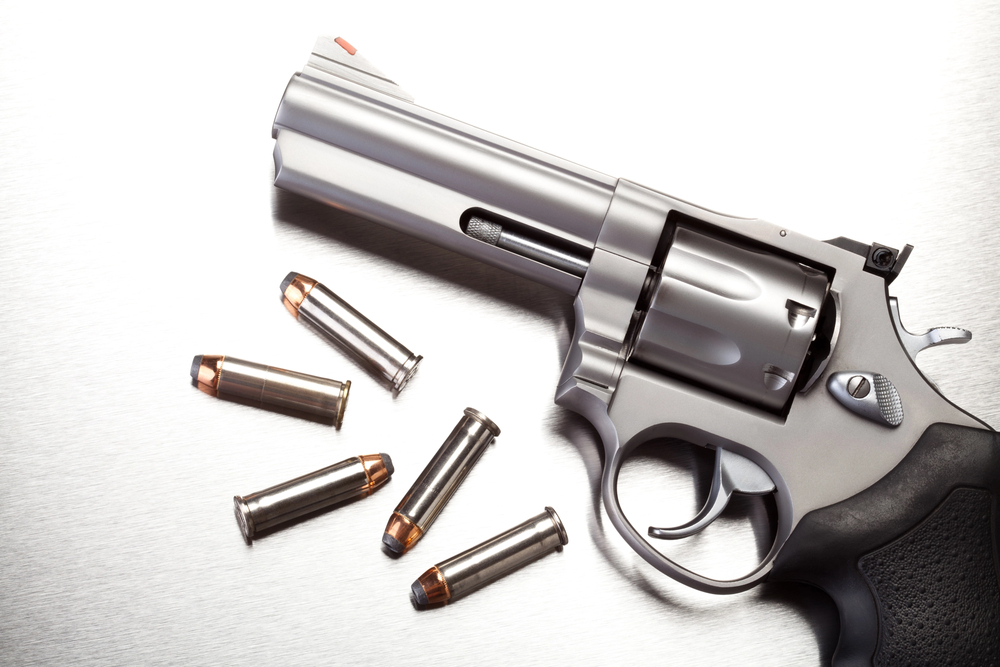
A single grain of sand can be sufficient to send some of the world’s finest guns to ruin. Under circumstances where dust and filth are more than a minor nuisance, a gun is a matter of safety, not comfort. It is vital for professionals and hobbyists alike to understand which guns malfunction in poor conditions occasionally a matter of life and death.
While some guns are weather-resistant, others can be finicky and need regular cleaning. This list reveals the worst culprits guns that, no matter reputation or charm, simply can’t hack the grit. Below is a closer look at the models that falter when the going gets gritty, and why their design makes them vulnerable to it.
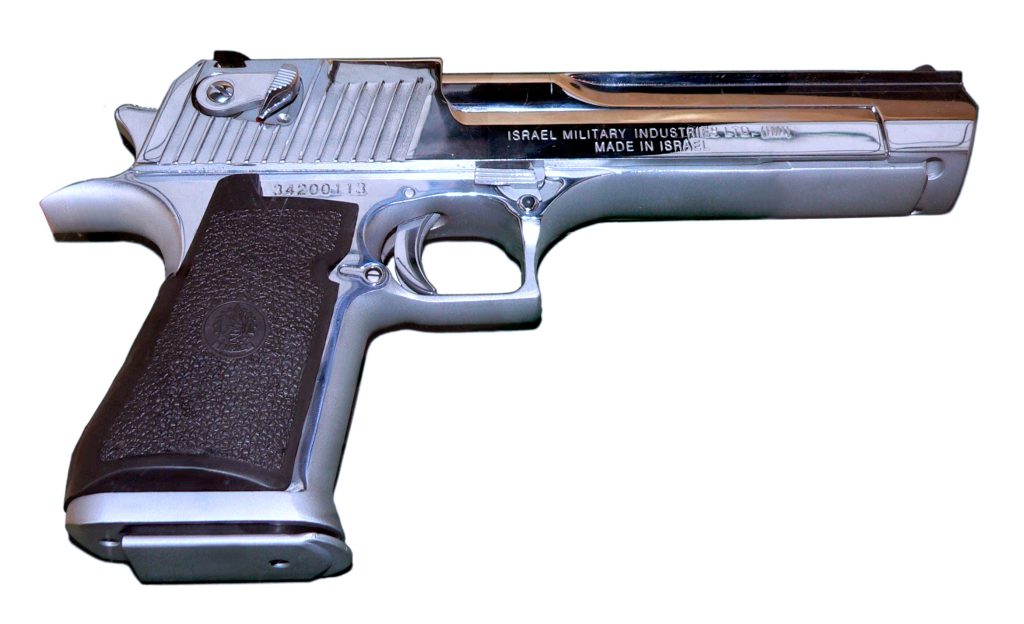
1. Desert Eagle: Power Meets Fragility
The Desert Eagle’s hulking size and reputation as a respected home run batter have made it a favorite on the screen and among collectors. But beneath the braggadocio lies a weakness: its gas-operated system is very prone to fouling. Small amounts of sand or dust will lock up the action, and the resulting jams are not readily cleared in the field. As has been seen in reliability tests, the Desert Eagle works best in predictable environments, as opposed to the unpredictability of the world outside.
Most disturbing is the gun’s application as a high-caliber sidearm. In practice, the Desert Eagle is “a range toy, not a field gun.” Its close tolerances and advanced mechanism demand a level of cleanliness that is impractical in severe, real-world conditions. For those who care less about looks than function, this firearm can remain in the safe when the wind blows.

2. Beretta 92FS: Open Slide, Open Invitation for Dirt
Beretta 92FS has been complemented for accuracy and service history, but the open-slide design is a double-barreled sword. While the design contributes to ejection dependability, it opens up the internal action to dust and sand. The particles find their way into the mechanism easily and cause cycling issues that must be addressed with haste. Users in the field have long complained that the 92FS “needs to be cleaned often to be dependable under dusty or gritty conditions,” as military reports have borne out.

This vulnerability does not impact the performance of the pistol in clean environments but it does make the argument that to those who are working in the desert or ranges, the Beretta 92FS demands attention. Its otherwise solid construction can’t compensate for the weakness in the design of being open to the weather.

3. Kimber 1911 Ultra Carry: Beauty at a Price
Small but refined, the Kimber 1911 Ultra Carry is a refined shooting experience if it is maintained immaculately. The very tight tolerances that make its action silky smooth to work also make it very dirty to run. A little bit of grime or dust can easily result in jams, particularly with the short slide and recoil spring system. As one reviewer succinctly put it, this is “more of a carry piece for clean conditions than a backwoods companion.”
For those who venture into the wilderness, the Ultra Carry’s need for cleanliness can be a curse. Its engineering is a testament to the precision of engineering, but in the field that precision can become an area of failure when subjected to the elements.

4. FN FAL (Inch-Pattern): Not All FALs Are Created Equal
The FN FAL is typically promoted as rugged, but it is not all FAL variants that are quite so durable. Inch-pattern FALs, with closer tolerances and less effective dust covers, can be nasty in dusty or sandy environments. Factory variations between countries have further compounded these issues, creating a wide range of field experiences.
Some FALs are workhorses, but others “struggle if you don’t keep them squeaky clean.” Charging handle slots and dust cover holes on some models offer routes for grit to get in, undermining reliability. For those who rely on their rifle in foul weather, knowledge of the specific lineage and quality of build of their FAL is important.

5. SIG P210: A Masterpiece, but Not for the Mud
The SIG P210 is otherwise always regarded as a work of art in the production of firearms, known at all times for its accuracy and hand-fit slide-to-frame relationship. However, this same accuracy also means that it is very finicky about trash. A smidgen of dust will jam up the action, making one precision instrument one to keep out of use in the field.
As recorded in range reports, the P210 “shoots magnificently on a clean range, but it’s more of a precision gun than a battle-hardy combat tool.” When wet or dirty, its legendary accuracy is rendered irrelevant by a liability to jam.

6. Walther PPK: Chic, but Not Tough
Timeless in its association with James Bond, the Walther PPK cannot be withheld its place as a classic. But its blowback mechanism and compact size also make it inherently prone to pocket fluff, dirt, and sand. A tiny trace of contamination within the action can quickly lead to malfunctioning to cycle or extract, if the gun is not kept immaculate.
For city concealed carry, the slenderness of the PPK is an asset. In the trenches, however, it is a pistol not to be trusted in adverse circumstances. Its reputation as a reliable pistol disappears when exposed to the mud of real conditions.
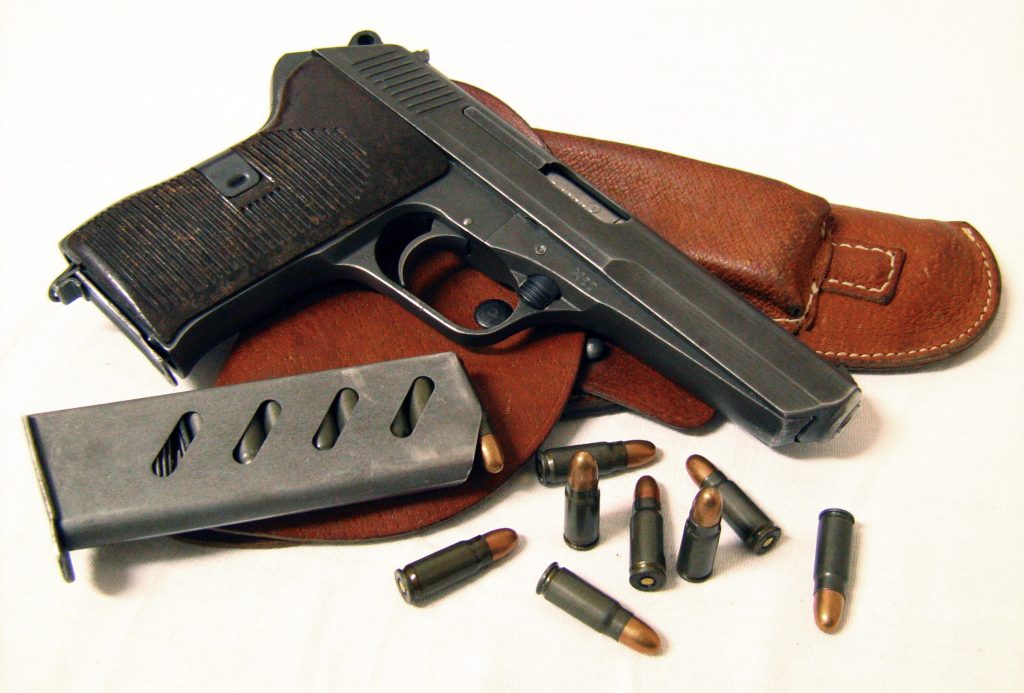
7. CZ 52: Roller-Locked, but Not Dirt-Proof
The CZ 52’s unique roller-locking mechanism is unequalled by its contemporaries, but such sophistication comes at a cost. The slide rails and locking rollers are most susceptible to fouling, and unless properly cleaned very frequently, the action can jam all too rapidly. Consistent with historical reports, the CZ 52 is “not something you want to run hard in dusty terrain.” While it is a fascinating Cold War artifact, its mechanical quirks and vulnerability to dirt are better suited to the museum shelf than the battlefield.
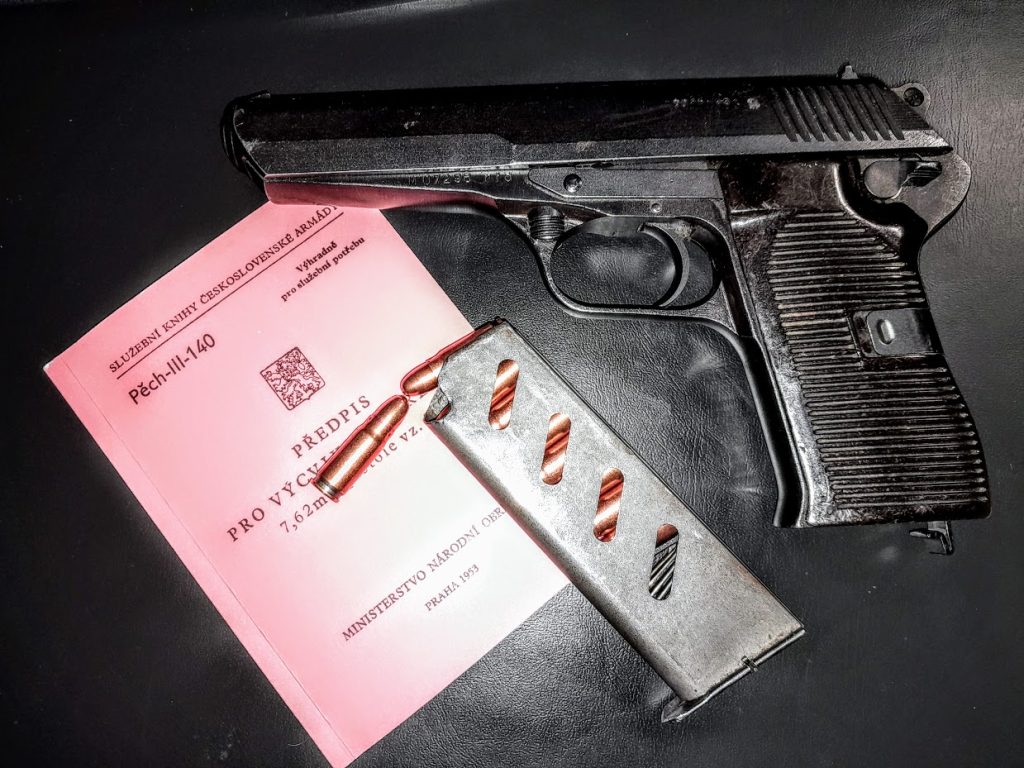
Respect in the gun community does not necessarily equate to reliability when conditions get hazardous. The models listed here, while illustrious or engineering-born, all share one debilitating weakness: a failure to be durable when handling dust and dirt. For those who reside in areas where the air is filled with grime, these flaws are not theoretical they are matters of function and safety. As technology and design improve, so too must the standards by which reliability is measured. A firearm’s actual worth is ultimately found not in how it appears or in its heritage, but in its consistent operation when it is most needed.
